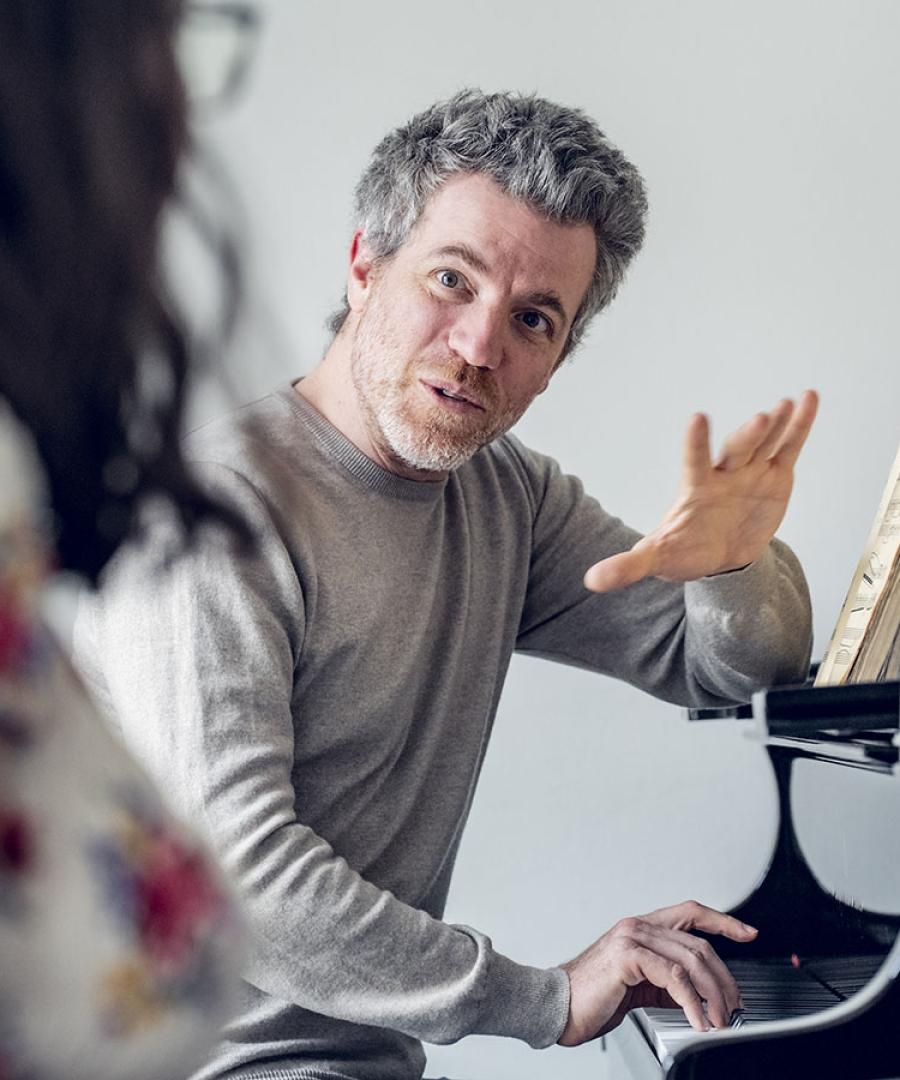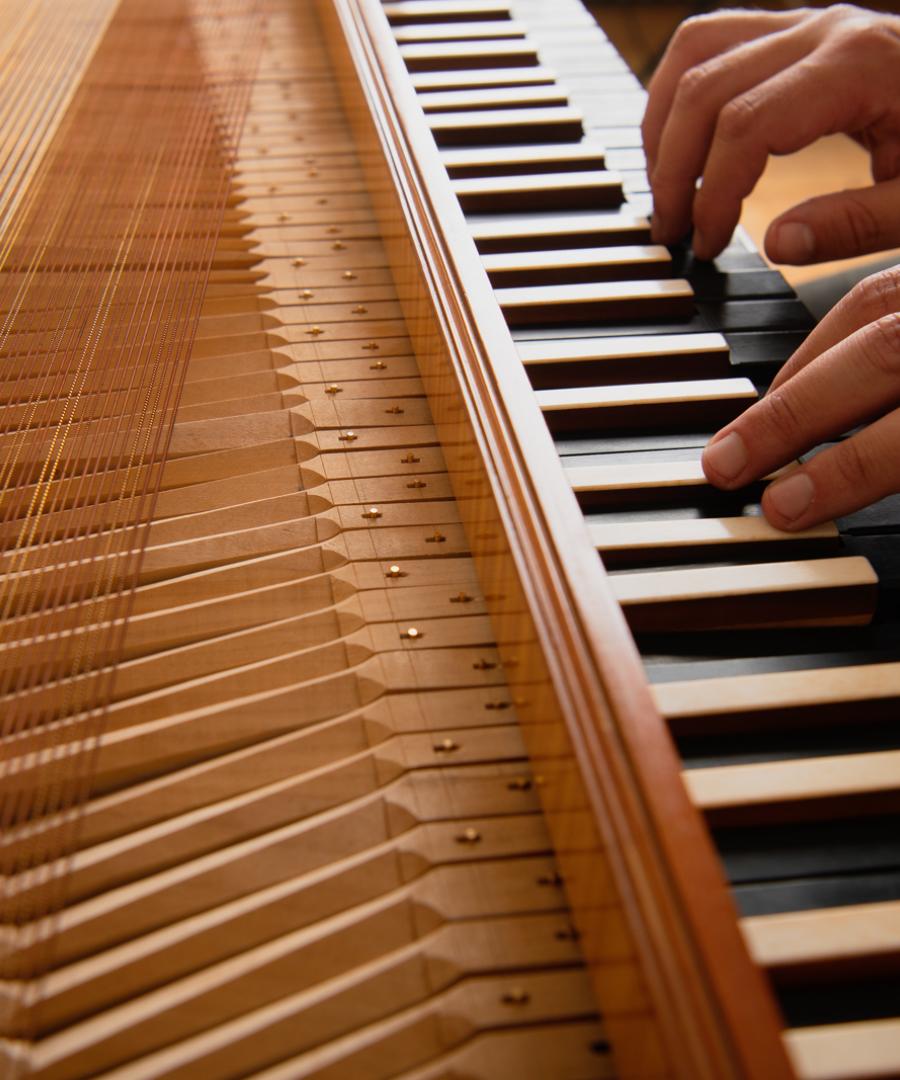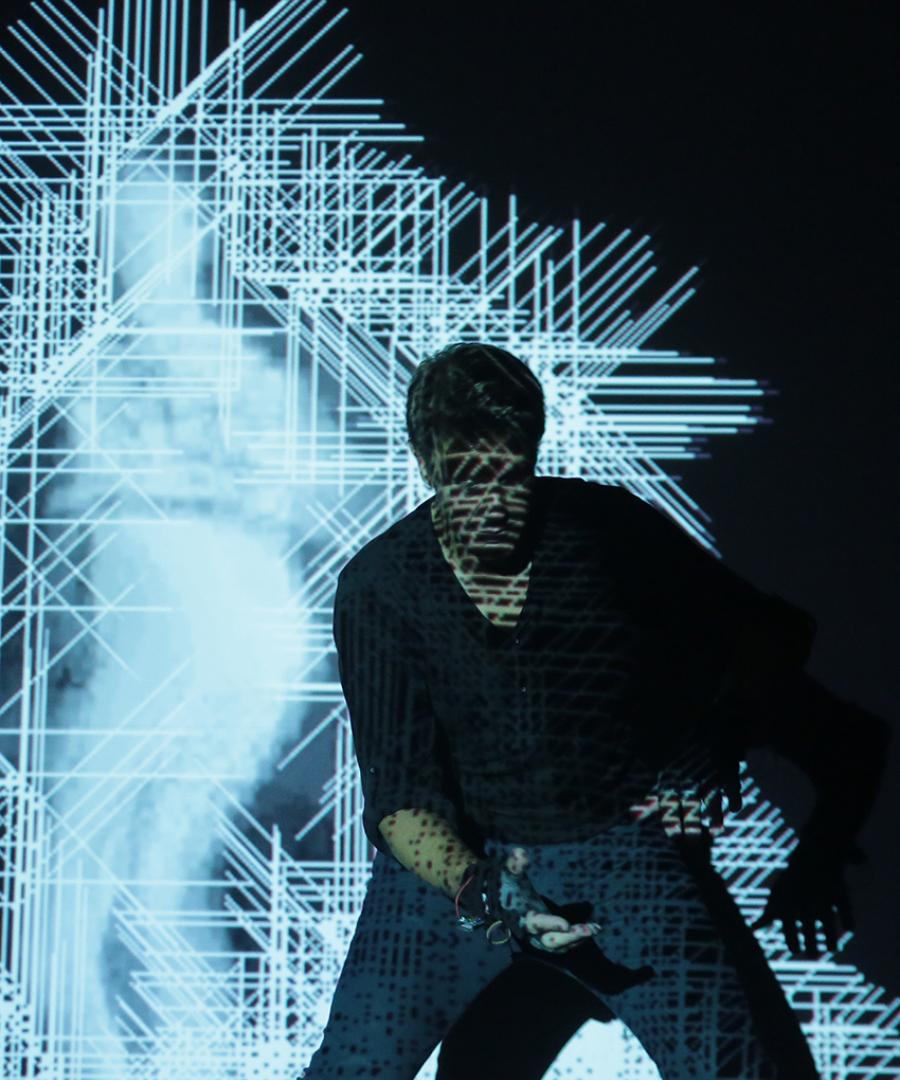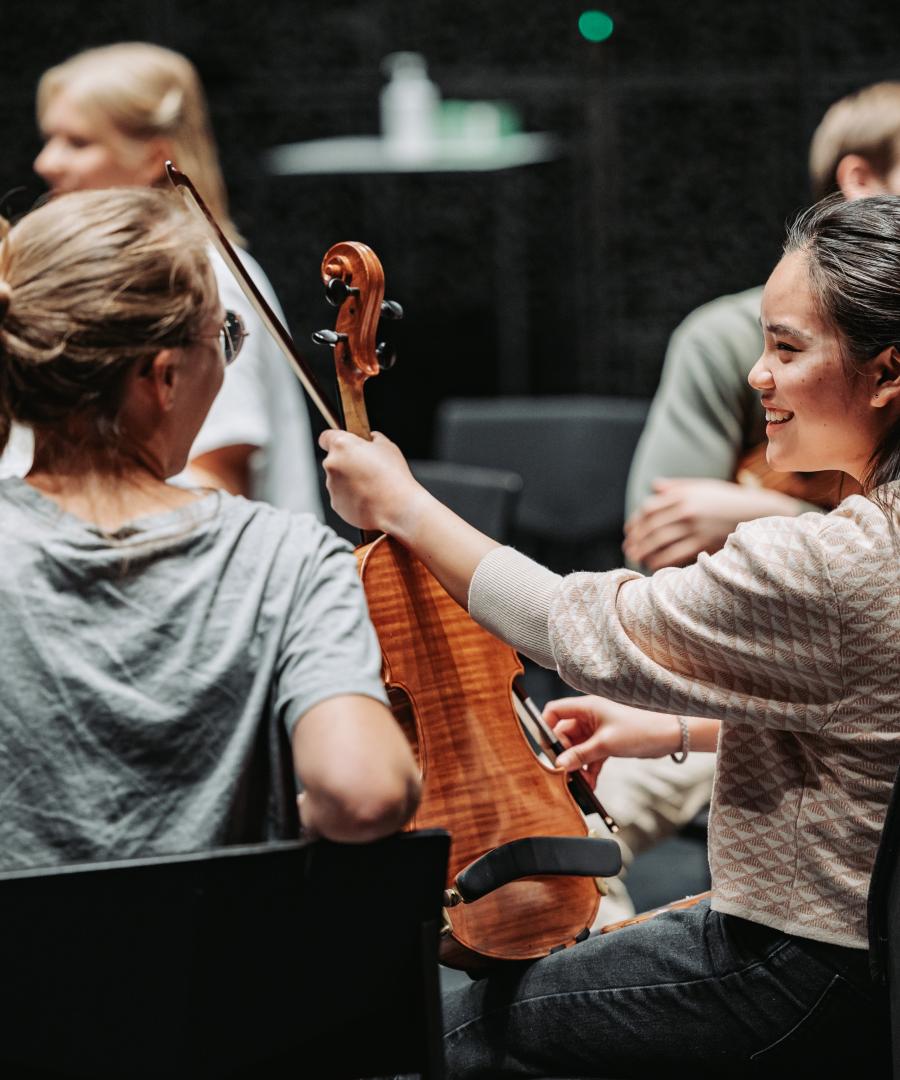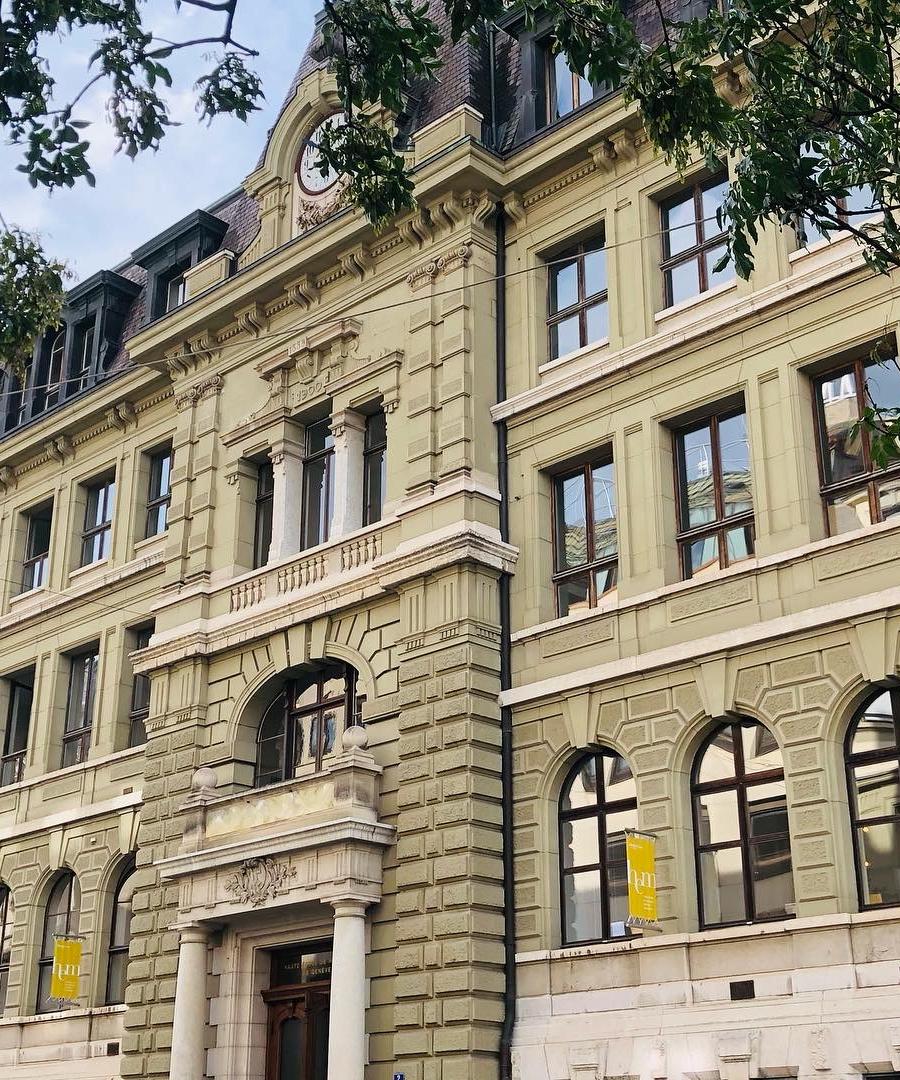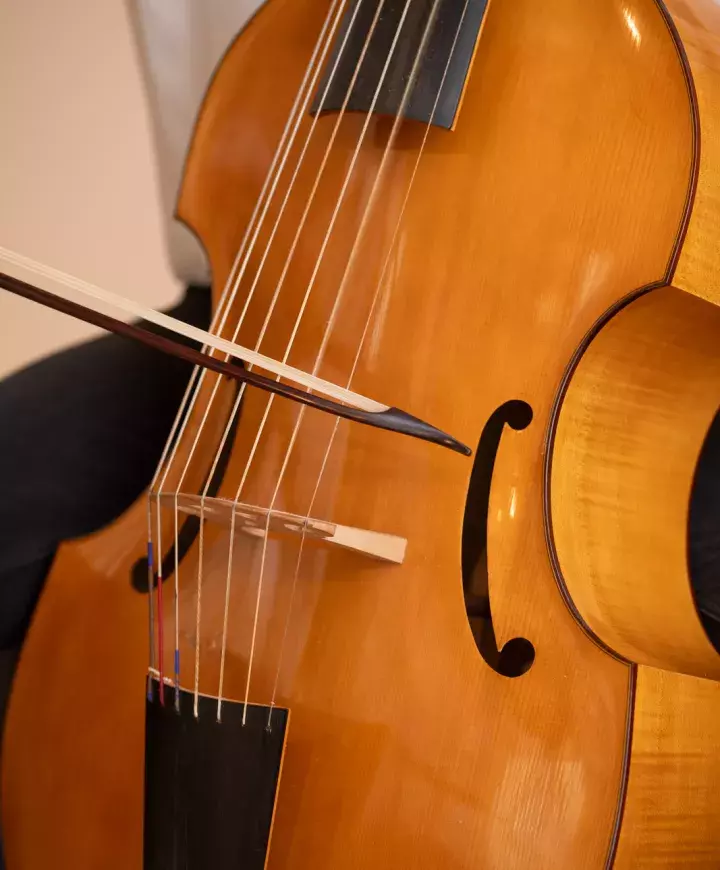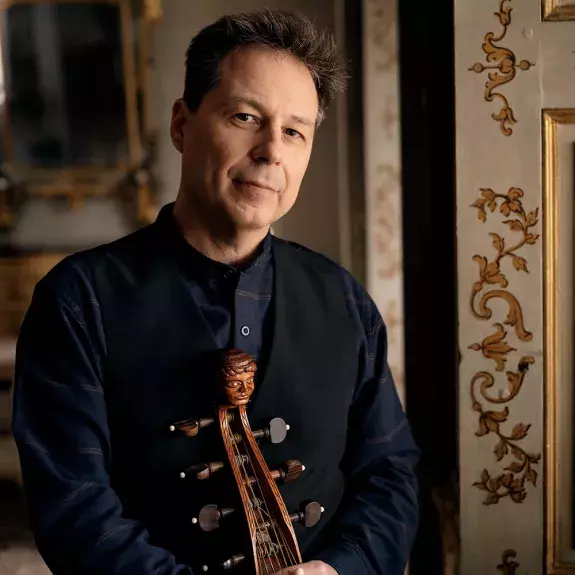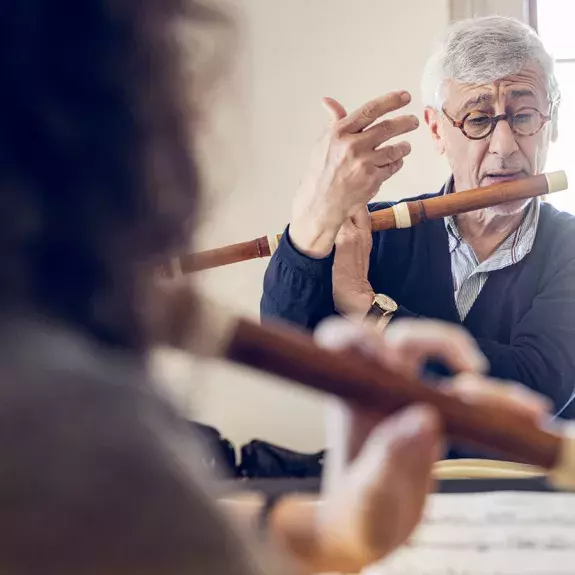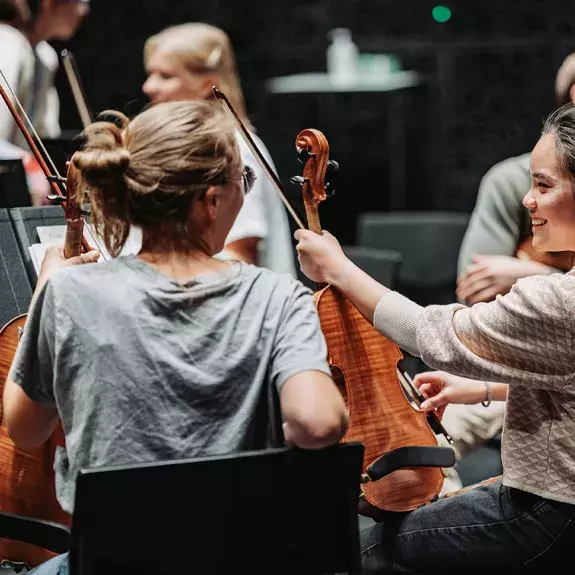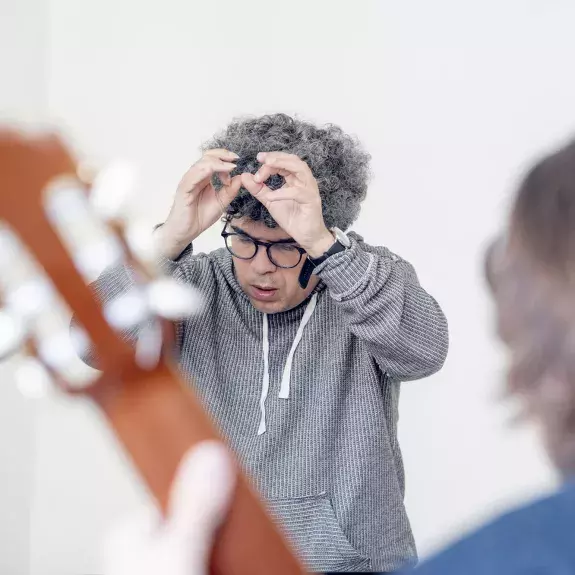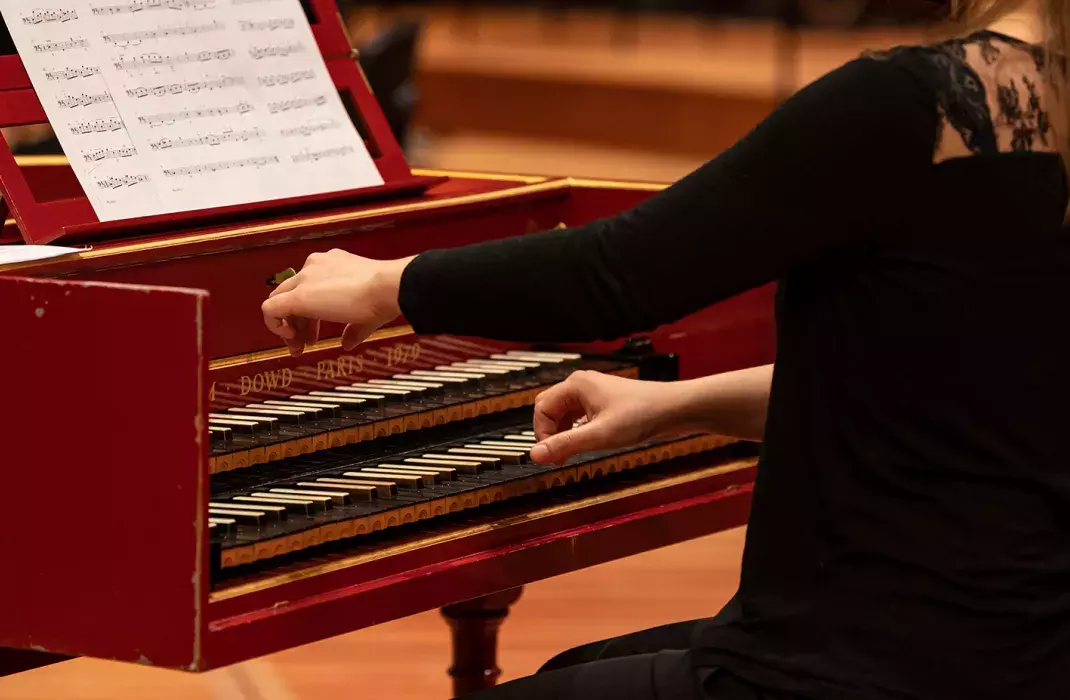- Studies
- Disciplines
- Research
- Events
- The school
Viola da gamba
Invented in Italy in the 15th century and then taken all over Europe, and played primarily as part of an ensemble or ‘consort’ (a group all playing the same instrument), tha viola da gamba enjoyed a triumphant period as a solo instrument in France in the reign of Louis XIV, with Sainte-Colombe, Marais, Caix d’Hervelois and Forqueray.
Guided by its professor, Guido Balestracci, a renowned soloist and chamber musician, the viola da gamba class at the Haute école de musique de Genève (HEM) supports its students as they learn the main repertoires (from the Renaissance to the end of the 18th century) and understand how they evolved over the centuries.
The class prepares its students for a multifaceted career in music, ranging from the interpretation of the soloist repertoire to that of polyphonic and orchestral works, but also to the teaching and passing on of knowledge. The class makes available to its students a particularly extensive collection of instruments and bows, including several models of bass viola, a lirone, a violone, an arpeggione, a quinton, a Renaissance-era quatuor, etc.
Our students are encouraged to take part in numerous activities arranged by the HEM’s department of early music, which regularly invites eminent performers and researchers from all over the world to give Masterclasses and seminars. The goal is to encourage the development of a thoughtful approach, with a view to achieving a deeper contextualization of the practice and repertoire of their instrument.
The viola da gamba class regularly collaborates with the HEM’s other departments, and with internationally acclaimed Swiss ensembles, on ‘side-by-side’ artistic projects, which constitute a real gateway to the professional world.
